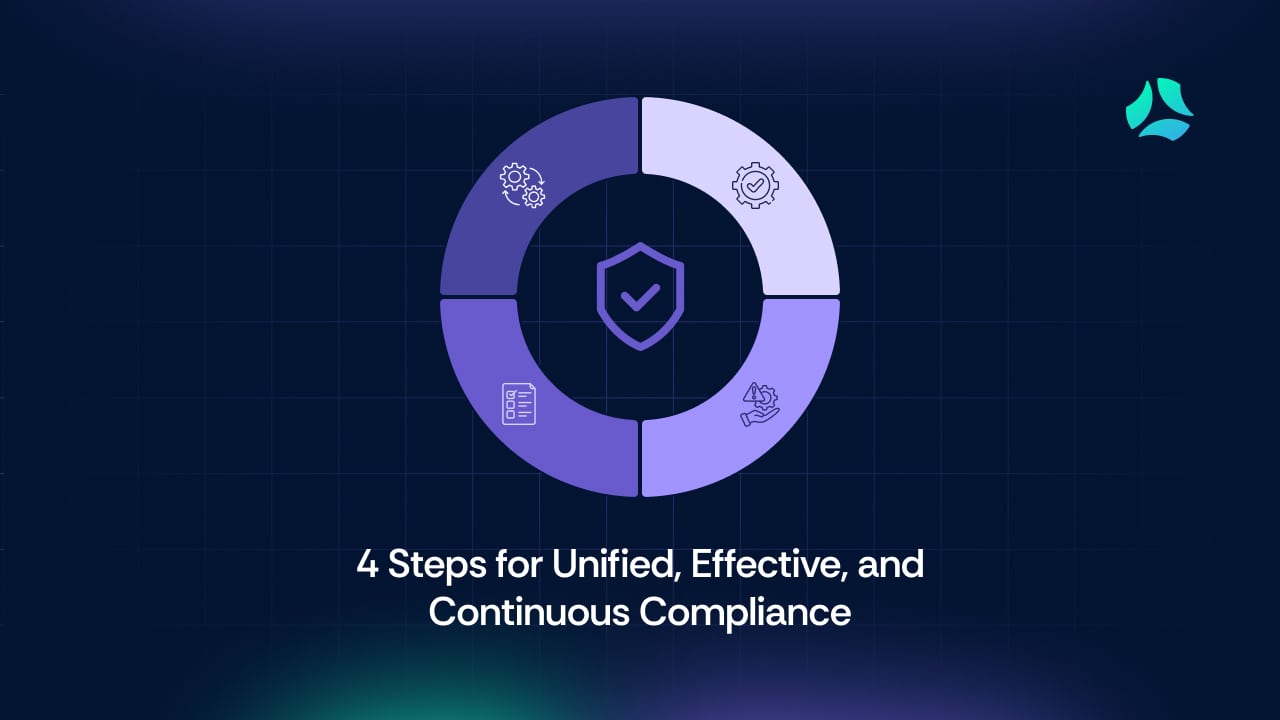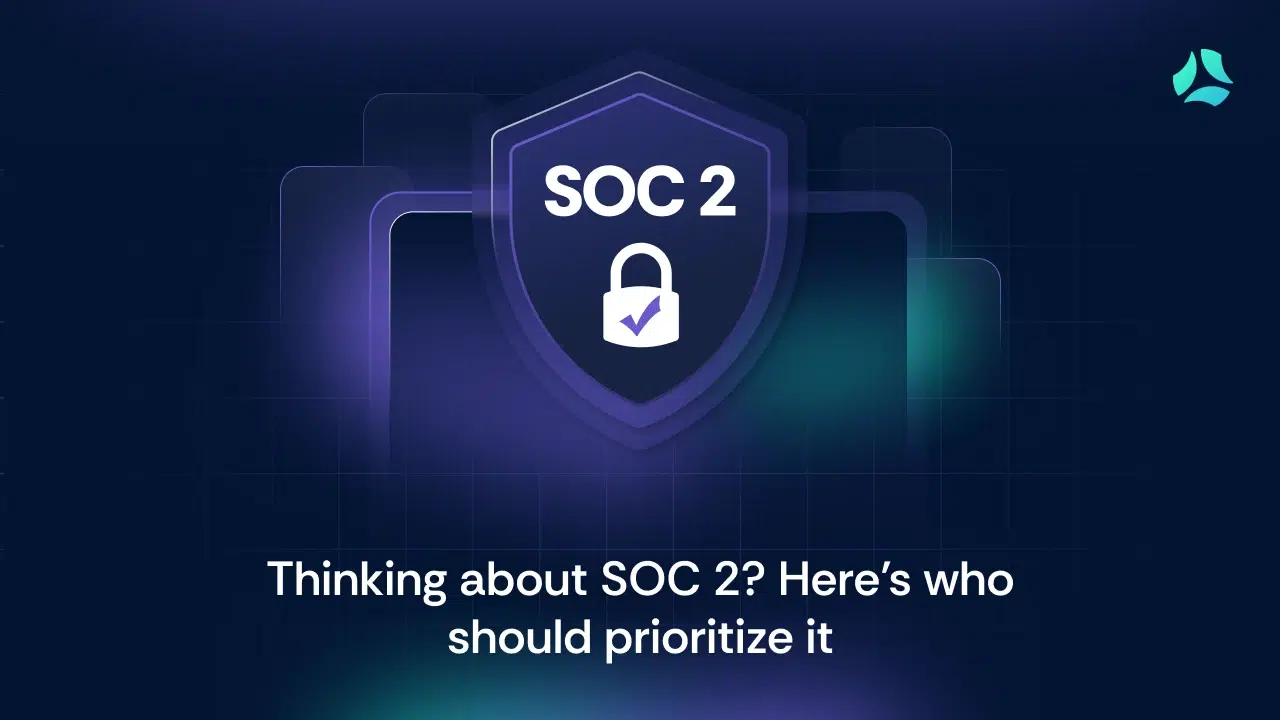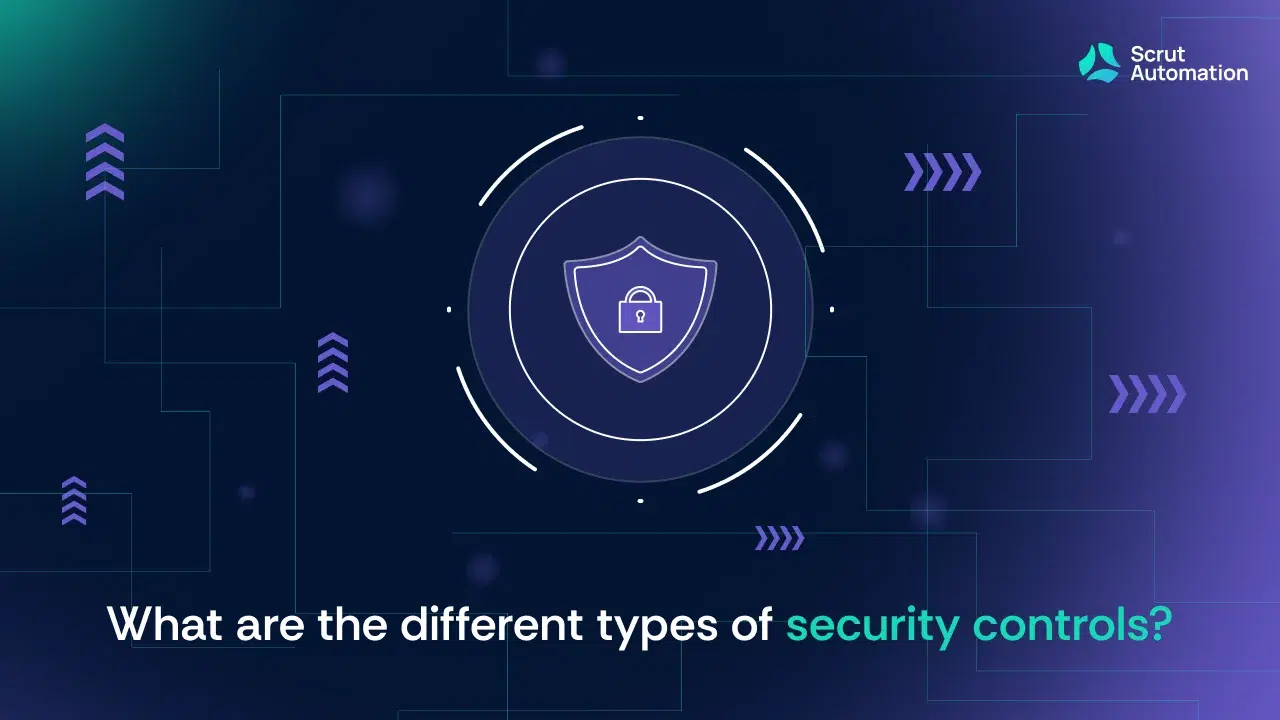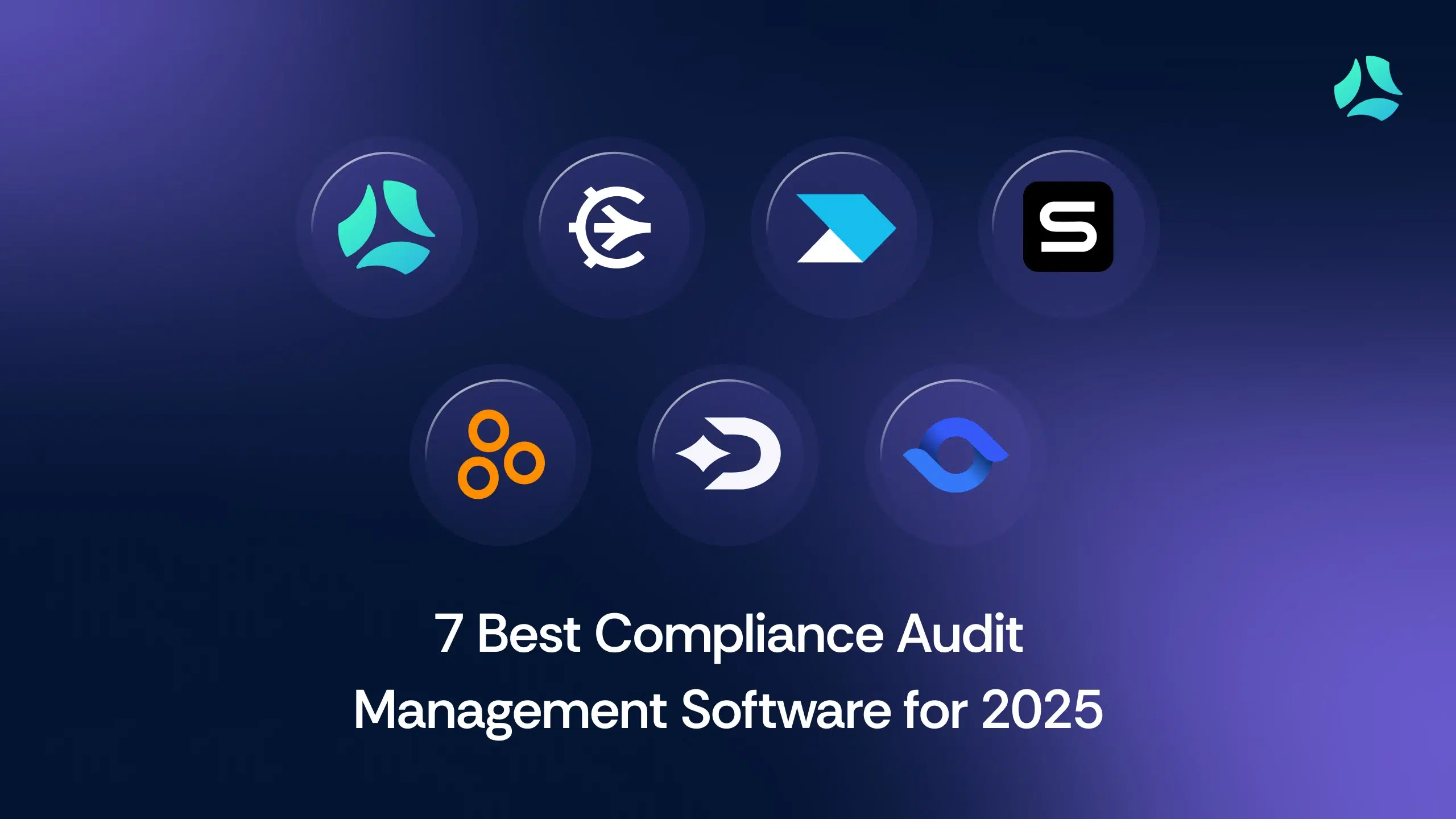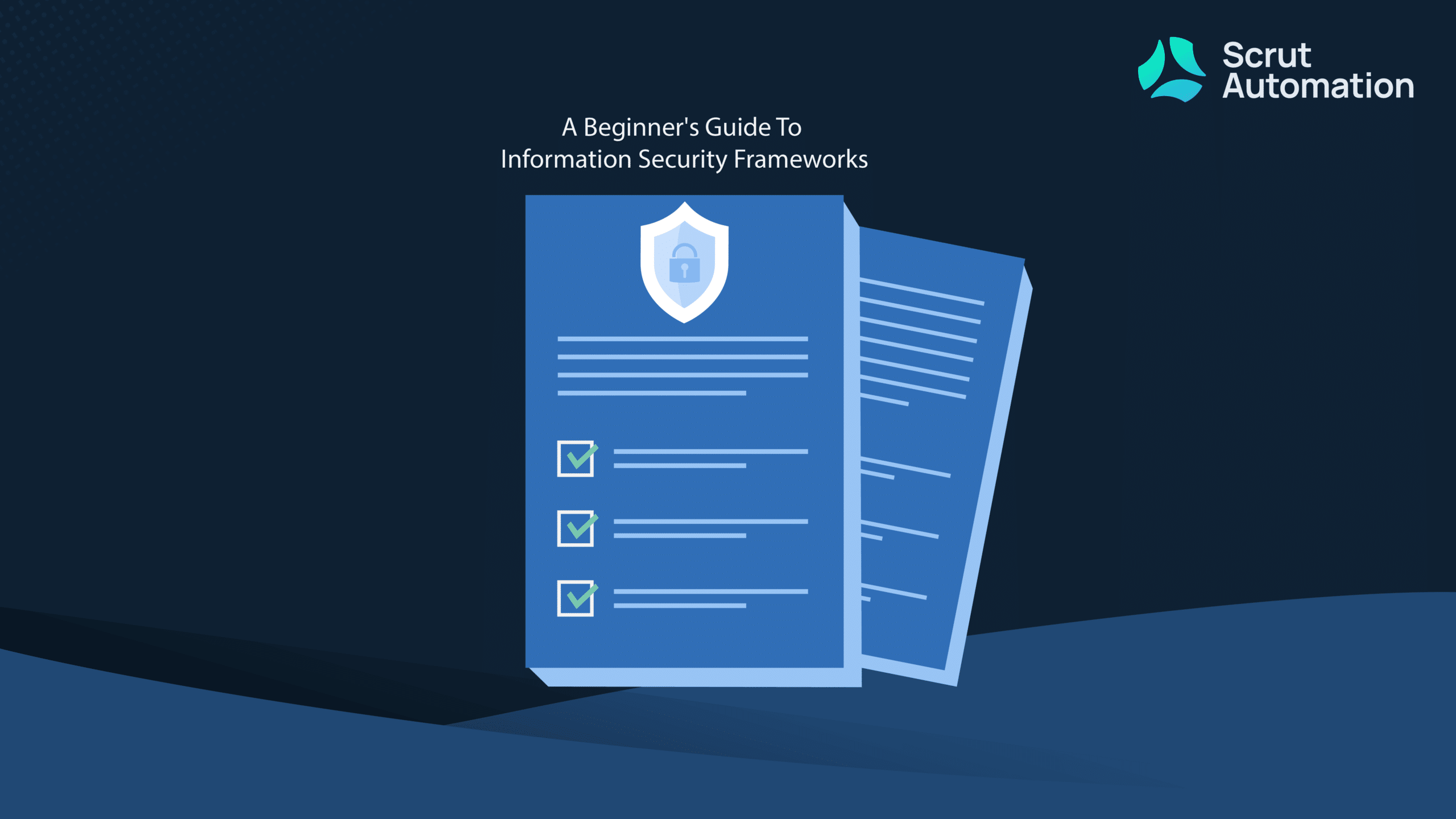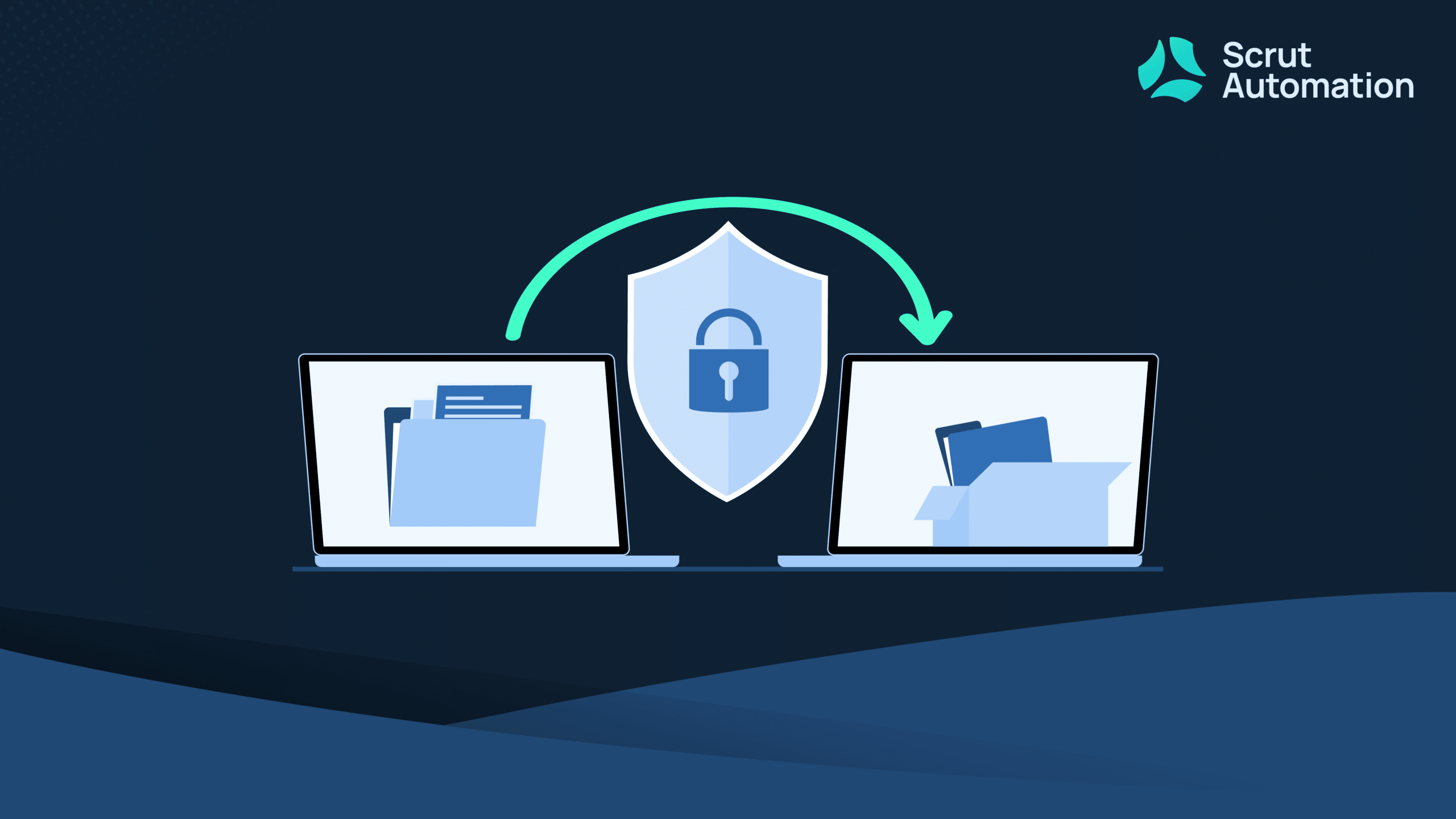Regulatory Maze is Turning Everyone into a Lost Tourist
The growing complexity of regulatory requirements has led to fragmentation in compliance programs across organizations of all sizes. Efforts to develop and enforce consolidated compliance programs still lack coordination and standardization, further deepening the security and compliance gaps ripe for exploitation and regulatory penalties.
While large enterprises typically have extensive governance, risk, and compliance (GRC) teams to manage these demands, mid-market businesses often struggle with navigating overlapping requirements.
In this post, we’ll explore the challenges of meeting multiple compliance standards and identify key steps organizations can take to define a strategy for a continuous compliance program while focusing on the role of compliance automation in simplifying these processes.
Juggling Evolving Requirements Without Dropping the Ball
Compliance mandates continue to grow. Organizations must navigate a wide array of regulatory requirements to conduct business and avoid penalties, often needing to comply with multiple standards simultaneously. According to a recent report by Marsh McLennan Agency, 61% of mid-market leaders consider regulatory risks among their top concerns.
A significant 60% of GRC users still manage compliance manually using spreadsheets, increasing the risk of human error and making it difficult to maintain version control and keep data up to date. These practices further exacerbate the building blocks needed for a forward-looking compliance strategy.
The Ever-Growing Compliance Framework Sprawl
Compliance sprawl is compounded by an increasingly complex regulatory landscape, where new requirements are continuously introduced, and existing standards continue to evolve. Smaller and mid-sized organizations often grapple with the sheer volume of paperwork, manual tracking, and reporting tasks, leading to inefficiencies and higher risks of non-compliance.
Let us take a quick look at some common examples of compliance requirements that take precedence while operating in a particular geography:
- General Purpose and Business-Focused:
- Attestations like System and Organization Controls (SOC) 2 report (popular in North America).
- Certifications like the International Organization for Standardization (ISO) 27001 (common in Europe) and the Payment Card Industry Data Security Standard (PCI-DSS) (specific to payment processors).
- Government-Sponsored but Non-Prescriptive Frameworks:
- US National Institute of Standards and Technology (NIST) Special Publications (SP) 800-53 and 800-171, Cybersecurity Framework (CSF).
- Cybersecurity Maturity Model Certification(CMMC) developed by the US Department of Defense (DoD) for sensitive information within DIB.
- Mandatory Laws and Regulations:
- The U.S. Health Insurance Portability and Accountability Act (HIPAA).
- California Consumer Privacy Act (CCPA).
- European Union’s General Data Protection Regulation (GDPR).
Varying Documentation and Control Requirements Across Standards
To add to the compliance sprawl conundrum, each framework has specific requirements that don’t necessarily have a direct equivalent in other standards.
- SOC 2 security compliance allows organizations to broadly define their control sets, whereas ISO 27001 compliance has more detailed requirements in the form of mandatory information security management system (ISMS) components.
- GDPR compliance applies to “personal data,” while the CCPA requirements apply to “personal information,” which have slightly different definitions.
- NIST 800-53 includes baselines of “low,” “moderate,” and “high” that are not by themselves required by any standard but which other standards will incorporate (such as the US Federal Risk and Authorization Management Program (FedRAMP).
- HIPAA compliance focuses on protecting PHI with specific privacy and security rules that healthcare organizations and their business associates must follow. In contrast, HITRUST certification integrates various security, privacy, and regulatory frameworks, including HIPAA, into a single, comprehensive framework.
How A Continuous Compliance Program Simplifies Complexity
Understanding the nuances of various regulatory mandates and planning for a sustainable strategy can help organizations better navigate the complex landscape of compliance requirements. A study by Futurista revealed that organizations implementing compliance automation experienced a remarkable 40% increase in operational efficiency. Compliance automation complemented with continuous controls can significantly streamline the management of regulatory requirements and ensure consistent adherence to standards.
Keys steps to building an effective continous compliance program:
1. Designing Controls Comprehensively and Flexibly with the Scrut Platform
Build a best practice for developing policies, procedures, and controls usable across multiple frameworks whenever possible. Leverage the platform’s It is a centralized framework that maps various regulatory requirements to a common set of controls and processes. For example, while SOC 2 does not explicitly mandate vulnerability scanning or penetration testing on certain cadences, it makes sense from a cybersecurity perspective to establish a program that meets or exceeds ISO 27001 standards. Properly documenting procedures meeting these criteria will improve your organization’s security posture and simplify ongoing certification processes.
2. Maintaining a Centralized Risk Register
Tracking all risks across your organization in a single place is essential for security and compliance. While spreadsheets might work initially, a purpose-built risk register becomes necessary over time. A tool that can map risks and controls to specific frameworks helps manage overlapping and duplicative requirements effectively. Download this comprehensive guide to learn more about creating an effective risk register.
3. Tracking Security and Compliance-Related Tasks to Completion
Having policies and documentation in place is necessary for regulatory compliance but insufficient. Implementing these requirements in daily practice protects your company and ensures successful audits. A compliance-focused workflow management system helps stay on top of diverse rules and regulations, guiding action owners toward completion and preparing for audits. Leveraging AI-driven copilots that automate security questionnaire responses, scan controls, and extract relevant information to craft accurate and consistent responses can significantly streamline compliance processes, reduce manual effort, and enhance overall efficiency in managing security and regulatory requirements.
4. Automating Evidence Collection
An automated process for collecting audit evidence is critical to managing multiple audits. Modern businesses use various tools and software, and manually pulling data from each is unscalable. A centralized platform can continuously monitor cloud providers, code repositories, HR systems, and similar applications, significantly simplifying evidence collection. According to an article by ISACA, organizations can benefit immensely from automated evidence-collection tools and enjoy a substantial reduction in the time spent on compliance audits.
Conclusion
To effectively meet multiple regulatory and compliance requirements and ease administrative and manual burdens, consider building compliance automation as part of your overarching GRC program. Key steps include developing adaptable control frameworks, centralizing risk tracking, automating compliance tasks, and streamlining evidence collection processes. Implementing a well-structured and effective compliance program is crucial for the efficiency and effectiveness of your cybersecurity posture. To know more about compliance automation and sustainable compliance strategies, download this ebook “Evaluating compliance automation platforms– what you need to know. “
The Scrut Platform is a powerful tool for simple and sustainable compliance management. It helps businesses build a long-term strategy while streamlining regulatory requirements through features like continuous monitoring, automated evidence collection, and seamless integration with existing systems. The platform has proven beneficial for many organizations, simplifying their compliance processes and enhancing their overall security posture.
If you’re interested in seeing how Scrut can help you establish a long-term continuous compliance program, set up a call with one of our experts.

Amrita Agnihotri is a seasoned marketing leader and the Head of Demand Generation and Marketing at Scrut Automation specializing in Governance, Risk, and Compliance (GRC) related content. With over a decade of experience in strategic marketing and demand generation, Amrita excels at building impactful campaigns that drive business growth and elevate brand visibility. Her expertise spans digital marketing, content strategy, and lead generation, with a focus on creating customer-centric approaches that resonate with key audiences in regulated industries.
